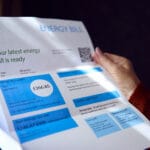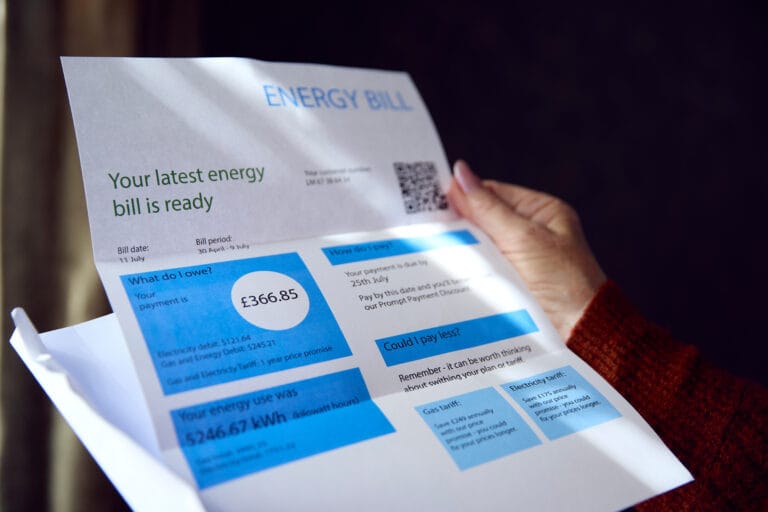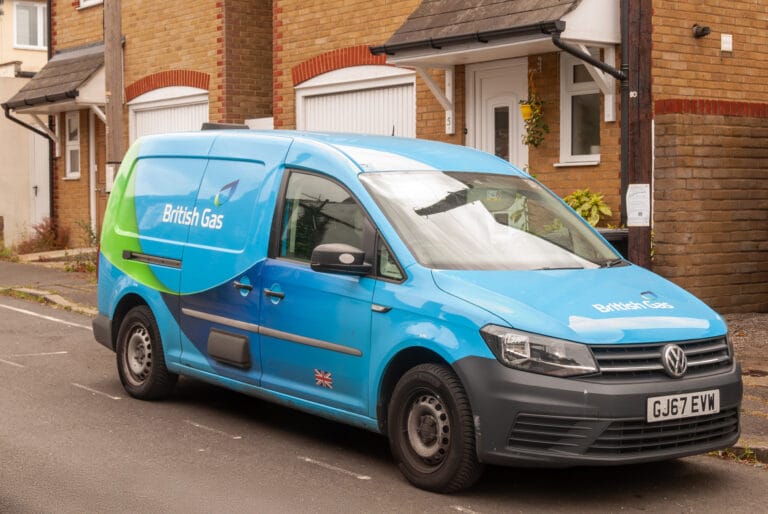What Is the Energy Price Cap?
The energy price cap sets a limit on the price per unit that suppliers can charge for gas and electricity. It’s designed to protect consumers from excessive charges and is reviewed quarterly by Ofgem. The cap is based on a “typical household” consumption, defined as using 11,500 kWh of gas and 2,700 kWh of electricity annually, paying by direct debit.
Recent Changes and Their Implications
Why the Increase?
The adjustment in the price cap mirrors fluctuations in wholesale energy prices and other associated costs that suppliers encounter. While there have been periods of decline, recent trends indicate a rise, necessitating this cap increase to ensure suppliers can cover their expenses while maintaining consumer protection.
Impact on Households
This rise means that many households will experience higher energy bills during the first quarter of 2025. Given the winter season, when energy consumption typically peaks, it’s crucial for consumers to be aware of these changes and consider measures to manage their energy usage effectively.
Steps to Mitigate the Impact
Submit Meter Readings:
Ensure you provide up-to-date meter readings as the new cap comes into effect. This practice leads to more accurate billing, preventing overestimation based on previous higher rates. Customers with smart meters, which automatically send readings to suppliers, do not need to submit readings manually.
Consider Fixed Tariffs:
While the price cap offers some protection, exploring fixed-rate energy tariffs can provide stability in your energy costs. However, it’s essential to assess the terms carefully, as fixed deals may come with exit fees or other conditions.
Enhance Energy Efficiency:
Investing in energy-efficient appliances, improving home insulation, and adopting energy-saving habits can reduce consumption, thereby lowering bills.
Seek Financial Assistance:
If you’re struggling with energy costs, various grants and support schemes are available to assist vulnerable households. Contact your energy supplier or visit the government website for more information.















